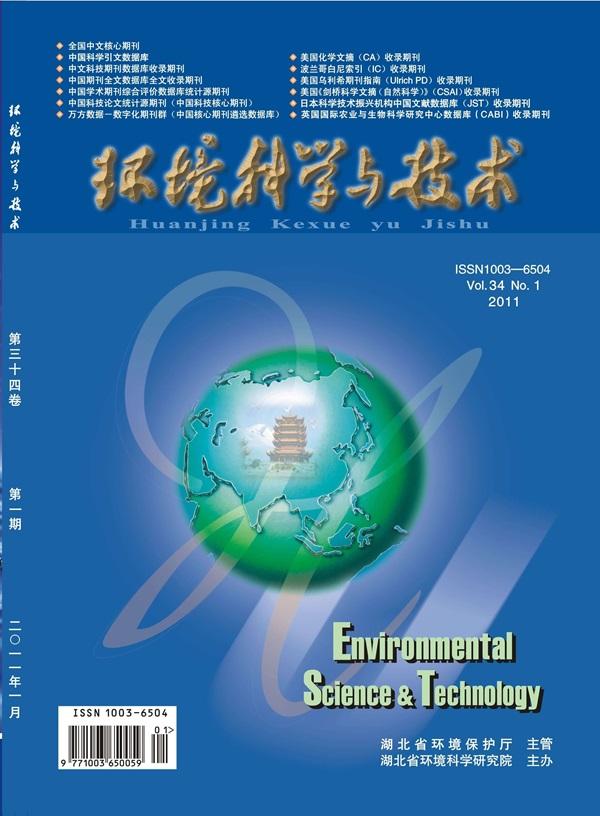Decidual Disrupting Effects of Low-Dose Benzophenone-Type UV Filters in Human Endometrial Stromal Cells via ER/PR/FOXO1 Signaling
IF 10.8
1区 环境科学与生态学
Q1 ENGINEERING, ENVIRONMENTAL
引用次数: 0
Abstract
Exposure to endocrine disrupting chemicals (EDCs), particularly benzophenone (BP)-type UV filters, has been epidemiologically linked to endometrium-related reproductive risks in women. However, their effects on hormone-driven endometrial events and key receptor signaling at the human cellular level remain unexplored. Herein, using human primary endometrial stromal cells (HESCs), we investigated the disrupting effects of five BP congeners and deciphered the underlying mechanism on decidualization, a functional change of the endometrium preparing for pregnancy. BP-8, its two metabolites, BP-3, and BP-1 at 10 nM significantly disrupted progesterone-dependent decidualization in HESCs, marked by 1.5–1.8-fold and 2.2–2.6-fold upregulation of IGFBP-1 and LEFTY, respectively. Decidual transcriptional activators, WNT-FOXO1, were significantly induced by BPs, which are implicated in G2 phase cell arrest (from 3.26% to 8.93%) and apoptosis (from 12.29% to 25.61%). Mechanistically, the inhibition of estrogen receptor α (ERα) effectively alleviated these decidual disrupting effects. BPs increased the transcription of ERα and progesterone receptor (PR) signaling and enhanced nuclear translocation and interaction between ERα and PR during decidualization. The ERα-mediated enhancement of PR signaling activity by BPs was further validated in progesterone response element-luciferase transfected cells. Collectively, our findings elucidate the molecular pathway through which BPs disrupt endometrial decidualization via ERα/PR/FOXO1, providing critical mechanistic insights for the reproductive risk assessment of BPs and structurally related EDCs.

求助全文
约1分钟内获得全文
求助全文
来源期刊

环境科学与技术
环境科学-工程:环境
CiteScore
17.50
自引率
9.60%
发文量
12359
审稿时长
2.8 months
期刊介绍:
Environmental Science & Technology (ES&T) is a co-sponsored academic and technical magazine by the Hubei Provincial Environmental Protection Bureau and the Hubei Provincial Academy of Environmental Sciences.
Environmental Science & Technology (ES&T) holds the status of Chinese core journals, scientific papers source journals of China, Chinese Science Citation Database source journals, and Chinese Academic Journal Comprehensive Evaluation Database source journals. This publication focuses on the academic field of environmental protection, featuring articles related to environmental protection and technical advancements.
 求助内容:
求助内容: 应助结果提醒方式:
应助结果提醒方式:


